12 Sep
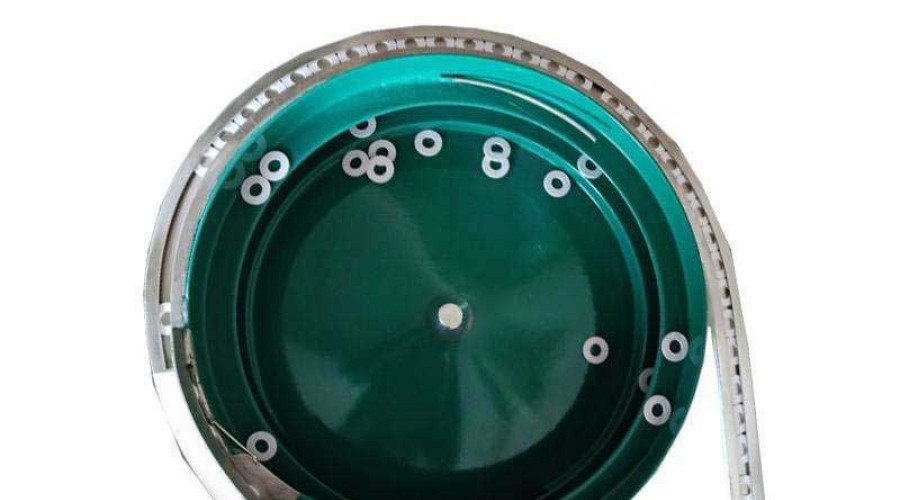

A vibratory bowl feeder, commonly referred to as a vibration feeder, is an essential part of automated manufacturing and assembly systems. It is designed to sort and feed small parts, components, or materials in a controlled and consistent manner, often for further processing or packaging.
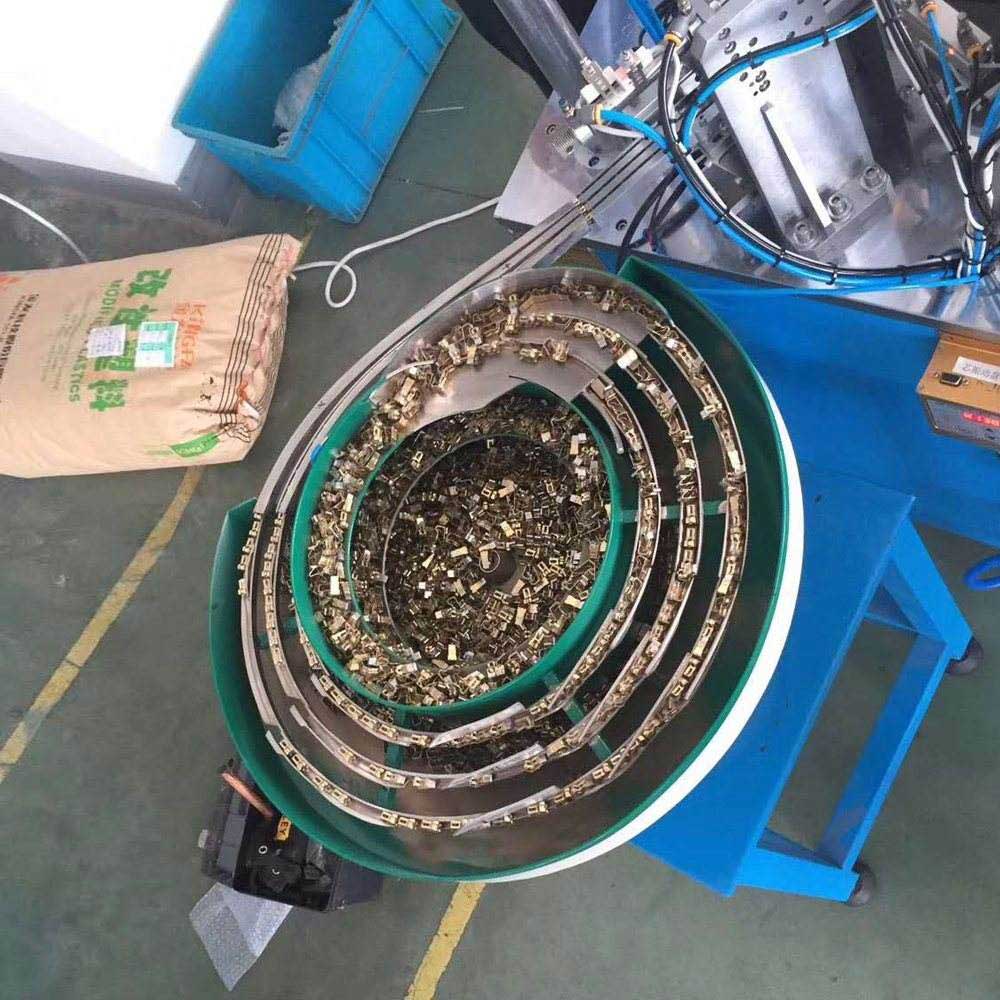
How It Works
The feeder consists of a bowl mounted on an electromagnetic coil that generates vibrations. These vibrations cause the parts inside the bowl to move along a spiral track, where they are oriented and fed in the desired direction. The intensity and frequency of the vibrations can be adjusted to control the feeding speed and accuracy.
Applications
Vibratory bowl feeders are used across a wide range of industries, including electronics, automotive, pharmaceuticals, and food processing. They are ideal for feeding small components, such as screws, caps, tablets, and connectors, and are highly efficient for high-volume production environments.
Advantages
1.Efficiency: Provides a continuous flow of parts, reducing downtime and increasing productivity.
2.Versatility: Can handle various parts and shapes, making them adaptable to different applications.
3.Customization: Feeder bowls can be customized to meet specific needs, including different sizes, materials, and coatings.
Conclusion
Vibratory bowl feeders play a crucial role in modern manufacturing, offering reliable, efficient, and flexible feeding solutions for a variety of small components. Their adaptability and precision make them indispensable tools in automated systems, contributing significantly to overall production efficiency.
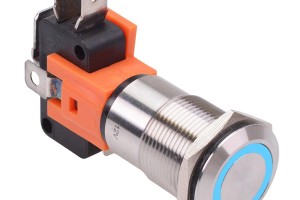
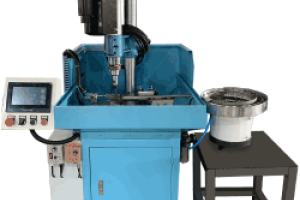
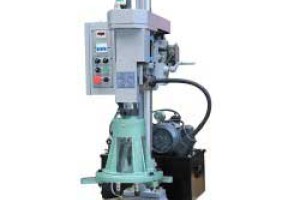
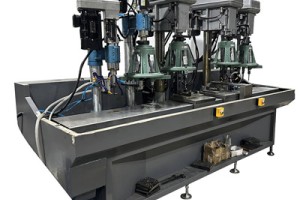
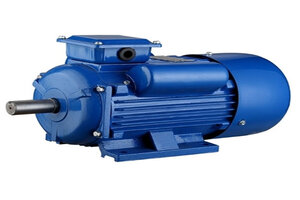
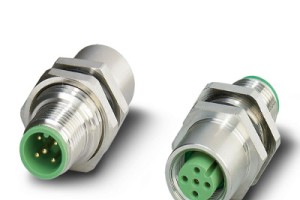
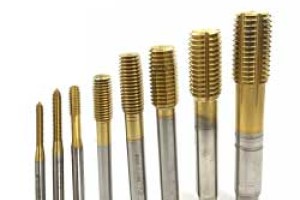
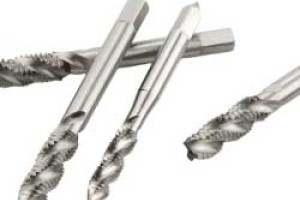
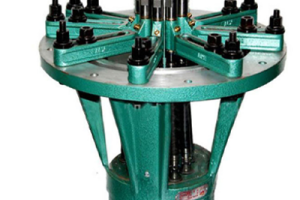
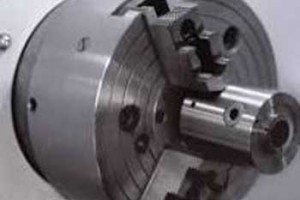
Leave a comment